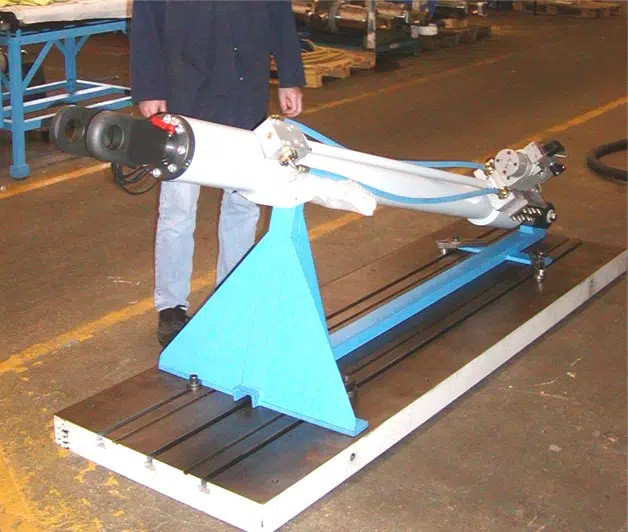In the field of hydraulic cylinders, low-friction cylinders are distinguished by their innovative design, which minimizes internal friction, thus offering greater precision, performance and efficiency. These cylinders are particularly appreciated in applications where precision of movement and fluidity of operation are major assets.
How low-friction hydraulic cylinders work
Low-friction hydraulic cylinders incorporate several design principles to reduce internal friction:
- Anti-friction coatings: The internal surfaces of components such as pistons and rods are coated with low-friction materials such as hard chrome or PTFE.
- Low-friction seals: O-rings or lip seals made of special materials, such as polyurethane or fluorinated rubber, are used to minimize sliding resistance.
- Optimized design: the geometry of internal components is optimized to reduce contact between parts and minimize parasitic friction.
Advantages of low-friction hydraulic cylinders
Low-friction hydraulic cylinders offer many advantages that make them attractive for a variety of applications:
- Increased precision: Reduced friction enables more precise and controlled movement of the cylinder, which is crucial for applications requiring high positioning or speed accuracy.
- Improved performance: Reduced friction increases cylinder efficiency, reducing energy consumption and generating greater force for the same supply pressure.
- Smooth operation: Low-friction cylinders offer smoother, quieter movement, which is particularly important for applications where noise and vibration must be minimized.
- Less wear: Reduced friction reduces wear on internal components, extending cylinder life and reducing maintenance requirements.
